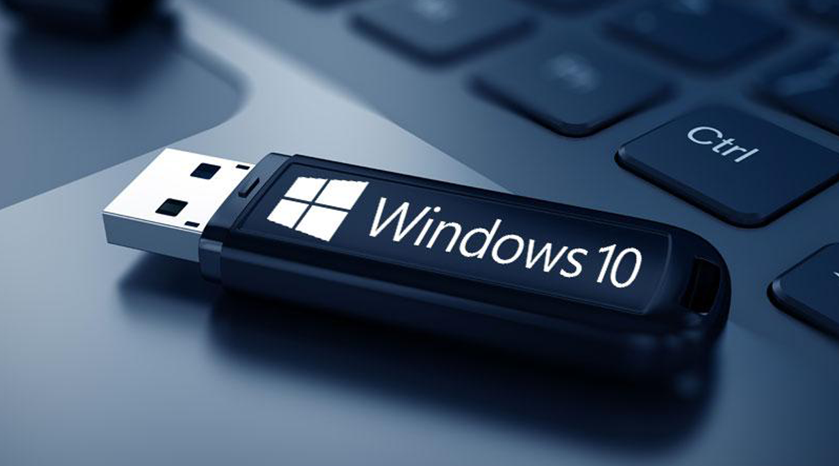Every Windows user should do this: How to create a Windows 10 bootable USB
Troubleshooting an old and slow PC isn’t a fun experience, but it’s also something you can do on your own at home. In addition to common issues to look for, there’s another task you should take on which is creating a bootable USB drive. Creating the drive is a task that sounds complicated, but it only takes a few clicks of the mouse and a solid internet connection to complete. Creating a Windows 10 bootable USB drive is something you should do if you own a Windows computer. The backup media can save you both time and a headache if you ever need to reinstall Windows, or if you’re building a gaming PC this is one of the last things you’ll need to finish it. You’ll need to set aside about 30 minutes, maybe longer, depending on your internet speed to complete this task. Microsoft has a dedicated media creation tool that you can use to download the Windows 10 system image (also referred to as ISO) and create your bootable USB drive. Here are the steps:
1. Go to this page, scroll down to Create Windows Installation Media and click on Download tool now.
2. Once the download finishes, double-click the file called MediaCreationToolxxxx to run it. (The last four digits of the file name indicate the version number of Windows 10. Right now, the filename is MediaCreationTool21H1, but that will change as newer versions are released.) The file should be in your Downloads folder.
3. When the program opens, accept Microsoft’s terms and conditions, then select Create installation media (USB flash drive, DVD, or ISO file) for another PC, and click Next.
4. You’ll be asked to select the language, edition and architecture you want to use. By default, the tool will use the best options for the PC you’re creating the boot drive on. You can change any of the options by unchecking the box next to Use the recommended options for this PC and using the drop-down options. If you’re unsure about whether you need a 64-bit or a 32-bit architecture, select Both from the Architecture drop-down.
5. Click Next when you’ve adjusted the options, leave USB flash drive selected, and plug your USB drive into your computer. Select Next to continue.
6. Finally, select the USB drive from the list. If you have more than one drive connected to your computer and are unsure which one to pick, disconnect the extra drives. Picking the wrong drive could be catastrophic, as this process erases everything on the drive during the process. With the right drive selected, click Next.
Microsoft’s tool will take care of the rest from there and when it’s done click Finish and remove the USB drive from your computer. Going forward, If you need to install or reinstall Windows, you can connect the drive to your computer and reboot it. Your PC should boot to the drive, giving you the option to install Windows. If it doesn’t automatically boot to the drive, you’ll need to reboot your computer into its BIOS firmware.








